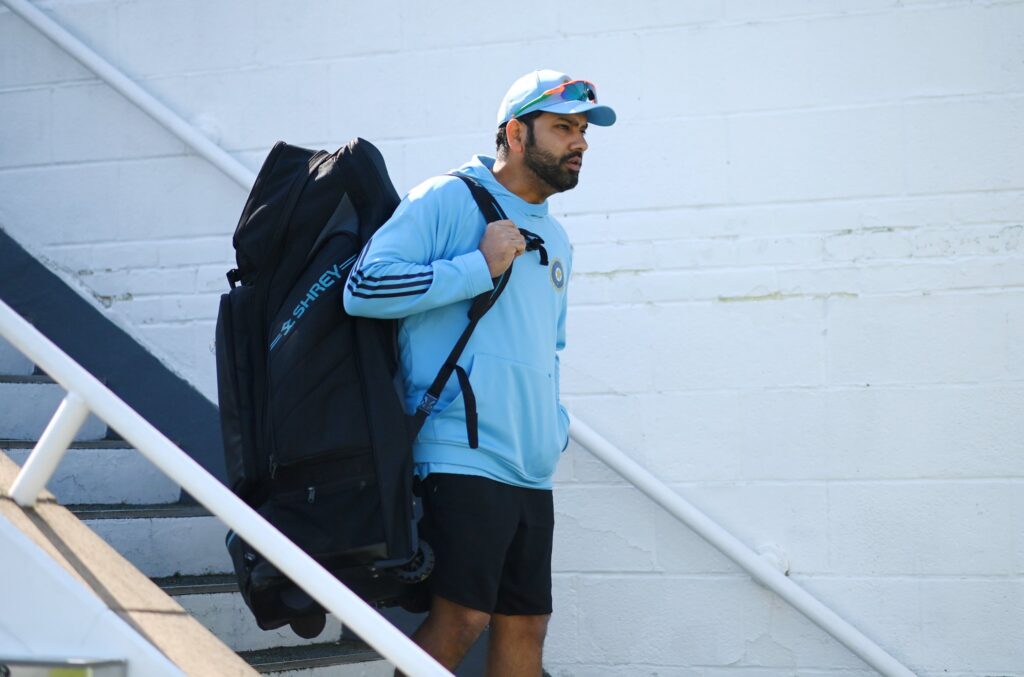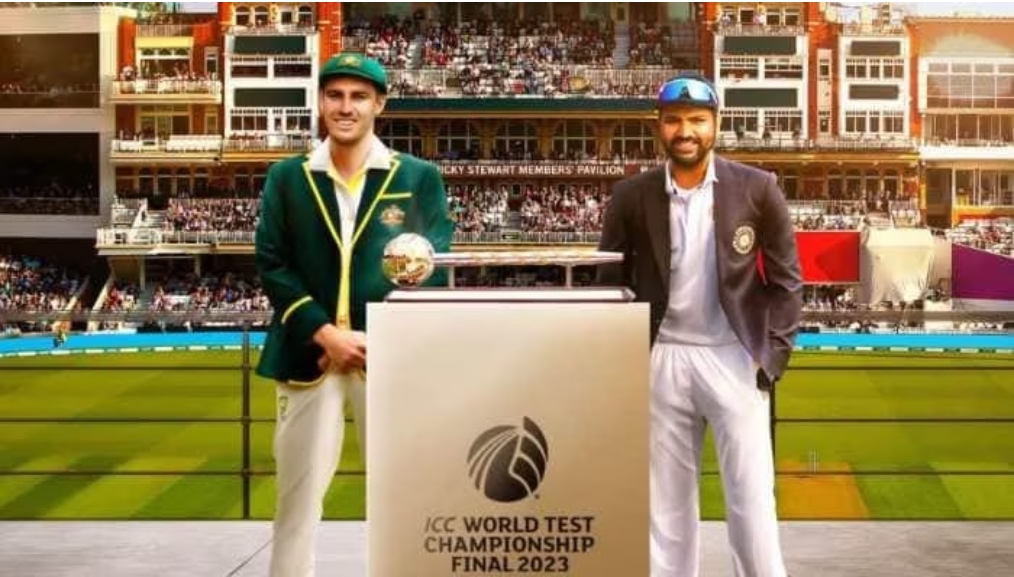Crucial Factors Shaping the Australia vs. India Final Showdown at the Oval
Australia and India are set to clash at the Oval on June 7, with Australia aiming to add another world title to their impressive collection, while India hopes to end their decade-long drought in ICC events. In recent times, India has had the upper hand against Australia, winning all four series between the two teams by a 2-1 margin. However, Australia can find solace in the fact that the record in the first Test of these series is more even at 2-2. Several key factors could play a decisive role in the final showdown.
The Oval Test is unique in that it will be held in June for the first time in its history. Over the last six Tests at the Oval since 2016, team scores have followed an interesting pattern of growth as the match progresses. The average first innings score is 269, which increases to 280 in the second innings and reaches a peak of 326 in the third innings. Batsmen’s averages also show a similar trend, with scores improving as the match goes on. However, these numbers must be interpreted with caution due to the timing of the match in early June, compared to the typical late summer games hosted at the Oval. The ground has mainly hosted Tests before August only twice in the last three decades. In the three Championship matches played at the Oval in 2023, the home team Surrey won all three matches batting second. Fast bowlers have been more successful than spinners at this venue, taking 90 wickets at an average of 27.60 compared to just one wicket by spinners.

Australia has been dominant in the batting department during the second cycle of the World Test Championship (WTC). Their top six batsmen have averaged 46.07, which is two runs higher than the next-placed team, Pakistan. Usman Khawaja leads the run-scoring charts in the WTC, with 1608 runs at an average of 69.91, including six centuries in various conditions. Marnus Labuschagne, Steven Smith, and Travis Head all feature among the top seven batsmen, scoring over 1000 runs at an average of 50+. India, on the other hand, is placed sixth in the batting rankings, with an average of 33.74 and none of their batsmen crossing the 1000-run mark. India’s top three batsmen, Virat Kohli, Cheteshwar Pujara, and Ajinkya Rahane, struggled for runs in the previous 12 months of red-ball cricket. Although there have been changes in India’s middle-order personnel during the WTC cycle, the top seven for the final will be the same as the team fielded two years ago in Southampton, except for the absence of the injured Rishabh Pant.

Batting Lineups
The composition of the batting lineup, especially the balance between right-handed and left-handed batsmen, could impact the outcome of the match. When Australia bowled out India for 36 in Adelaide, one of the reasons for the collapse was the presence of several right-handers in succession. India’s resurgence in batting form with Rishabh Pant and Ravindra Jadeja has provided left-handed options, but Pant’s unavailability due to injury will be a significant blow. Ishan Kishan is a left-handed option, but it remains to be seen if he will make his debut in the final.
Australia Bowling Line Up
Pat Cummins was particularly effective against right-handed English batsmen in the 2019 Ashes, taking 21 wickets at an average of 14. He has also had success against Pujara, Kohli, and Shubman Gill. Taming Cummins will be crucial for India to post a big first-innings total. With Josh Hazlewood ruled out, Scott Boland is likely to take his place, and he has a remarkable record against right-handers, averaging just 11.29.

India’s Bowling Line Up
On the other hand, Australia’s top order consists of four left-handers, and India has been exceptional against left-handed batsmen in recent tours to England, with Mohammed Siraj and R Ashwin averaging less than 19 and 15, respectively. The Indian team management will have a selection headache in deciding whom to leave out between Ashwin, Umesh Yadav, and Shardul Thakur. Ashwin’s success against Smith in recent years tilts the scales in his favor, as Smith has been a formidable obstacle for India.
India’s depleted pace bowling stocks present a significant challenge. The change bowlers will need to bowl long, economical spells, which they have struggled to do in recent away Tests in England and South Africa. This has been a departure from the days when India’s fast bowlers would keep batsmen in check and prevent the game from slipping away. India’s bowlers showcased this quality in the final of the first WTC, where they defended a modest total by restricting New Zealand’s scoring rate. However, in the defeats in South Africa and England in the last 18 months, India failed to defend fourth-innings targets, conceding runs at high rates. The change pacers went for more than four runs per over in these matches. India will sorely miss the experience of Ishant Sharma and the defensive skills of Jasprit Bumrah at the Oval. Australia’s lower middle order has been prolific in the WTC, averaging nearly 39 and striking at 62. India’s bowlers will need to find a way to contain these aggressive lower-order batsmen.
The battle between these two cricketing heavyweights promises to be a thrilling contest, and the team that can make their opponent blink first will likely come out on top.

The upcoming WTC final will be a historic event for both teams as they fight for the title for the first time in history. This will also be the first time that Pat Cummins and Co. will be playing in the final, as they narrowly missed making it in the previous edition due to an overrated penalty that helped New Zealand clinch the title.
In conclusion, India’s qualification for the WTC final for the second consecutive time demonstrates their consistent performance in the Test format. The final match against Australia will be a thrilling contest, with both teams striving to make history by winning the title for the first time.

Follow us on Youtube
Follow us on Facebook
Follow us on Twitter
Follow us on Instagram
Also Read 15 Landmarks To Visit Before You Turn 65

